BEWARE! If you own an apartment building or other commercial structure that was constructed in the 1950s, ’60s, or ’70s, you need to be aware of potential PCB contamination and any liability associated with it. PCBs could be the new “asbestos” in apartments and commercial buildings, as well as in schools and other structures.
PCBs—or polychlorinated biphenyls—are man-made chemicals that were widely used in construction materials and electrical products in the ’50s, ’60s, and ’70s. Agricultural-giant Monsanto was the company that made PCBs, which were then used primarily in caulking, oil-based paint, floor finishes and electrical equipment, including fluorescent light ballasts.
Banned in ’79, but PCBs’ effects still felt
When research linked PCBs to birth defects and cancer in lab animals, the EPA in 1979 banned PCBs. Fast-forward three decades, and certain types of cancer in humans is being linked to these toxic chemicals today.
Just this past May, a jury from St. Louis awarded three plaintiffs $17.5 million in damages, plus an additional $29 million in punitive damages against Monsanto and three other companies due to their negligence in the production of PCBs.
And that is only the beginning. There are 97 other plaintiffs who are claiming that exposure to PCBs caused non-Hodgkin’s lymphoma. According to the St. Louis Post Dispatch, the lawsuit claims Monsanto knew about the dangers decades ago but falsely told the public the compounds were safe and continued selling them into the 1970s.
An impossible task?
Getting PCBs out of the environment may be impossible. Rivers, streams and some food groups still contain high levels of PCBs. A number of studies show that farmed salmon could be the most prevalent danger to PCB exposure today because they accumulate PCBs from the fishmeal they are fed.
Three California cities—San Jose, Berkeley and Oakland—each have sued Monsanto in federal court for the costs associated with cleaning up Bay Area water pollution from PCBs. Two bills were recently passed that could play a big role in that trio of lawsuits.
Berkeley’s lawsuit against Monsanto says the city holds more than 4,300 acres of offshore property polluted by the company’s PCBs. Oakland’s tidelands and submerged lands total 5,000 acres.
Seattle, Spokane, San Diego and the City of Long Beach also sued Monsanto this year for ongoing PCB contamination of storm runoff and waterways. PCBs have also found their way into landfills. That can be a big problem for people living nearby—and for groundwater.
PCBs in schools is a big concern
One of the biggest concerns today is the presence of PCBs in aging schools across the country. Massachusetts Sen. Edward J. Markey released a report in October stating that as many as 14 million students at 26,000 schools could be exposed to unsafe levels of PCBs contained in classrooms built between 1950 and 1980.
The report, called “The ABCs of PCBs.” was written based on data from Harvard research and the Environmental Protection Agency. It says: “Decades after the PCB ban, people are still being exposed to these toxic chemicals from various sources, such as caulk, some oil-based paints and floor finishes.” It says old electrical equipment, leaking fluorescent light ballasts and PCB-plagued landfills can also be a problem.
The day the report came out, Monsanto said it would set aside money for PCB lawsuits.
PCBs have been a hot political topic for years in Malibu, California, after several teachers were diagnosed with thyroid cancer. They believe the cause was PCB dust from flaky caulking in older classrooms.
How best to handle PCBs?
For the past several years, parents have been battling each other on how to handle it. Some say wiping down the PCBs is enough, while others say the caulking needs to be removed.
The issue made headline news when actress Cindy Crawford pulled her kids out of school and held a press conference urging the school district to remove the PCBs. It appears her message was heard. In October, a federal judge in Los Angeles ordered the removal of PCBs from two Malibu schools by Dec. 31, 2019.
But the cost of its removal is also astronomical. Markey says it could cost from $25 billion up to almost $52 billion and could take up to 32 years to check all schools for PCB contamination.
Even if substances like caulk are removed, PCB contamination may remain in window frames, brick, stucco and other adjoining materials. The Santa Monica School District has already spent millions of dollars on lawyers, environmental consultants and a public relations campaign.
Why should real estate investors care about PCBs?
It’s important to be aware of the growing political movement against PCBs that could potentially affect you if you own apartment buildings or commercial property constructed between 1950 and 1980. The EPA says PCBs do not appear to be an issue in single-family homes.
The EPA says that building owners shouldn’t panic, however.
The first step would be to test for any PCBs, and you can find information about how to do that on the EPA’s website.
One of the big culprits for PCB contamination is old caulking that can get dry and brittle. If you’ve seen old window caulking that looks dusty, and if the building was built or renovated during those 30 years that PCBs were being used, it’s very likely that that dust is “not” something you want your tenants or children to breathe.
How to minimize PCB exposure
If you have confirmed the presence of PCBs in your building, there are things you can do to minimize exposure.
The EPA recommends that you limit any direct contact with contaminated caulking. And because old caulking can deteriorate more easily into dust, you should dust often.
But it says don’t sweep; instead, use a wet mop or damp cloth. And remember to keep ventilation system air ducts clean. If you vacuum, use a machine with a high-efficiency particulate air filter. You can also increase air circulation by opening windows or installing exhaust fans.
Removing this material entirely might be a better solution than trying to keep your environment free of toxic dust, but it could also be costly. And, it may not solve your problem without more extensive renovation.
These chemicals may seep into surrounding materials, so removal of caulking may still leave dangerous PCBs behind in wooden window and door frames, brick, masonry, stucco and other materials. You can also look for PCBs in material used to seal expansion joints and ceiling tiles. If you do choose to remove the caulking, be sure to protect yourself from any PCB exposure during the removal process.
The EPA also recommends the removal of any older fluorescent light fixtures as soon as possible. It says if ballasts are not leaking, the fixtures can be removed and disposed of with no special handling. If they are leaking, the light fixtures need to be treated as hazardous waste. The agency says it’s best not to wait because the sudden rupture of a ballast could pose a significant hazard to occupants of the building.
Caulking and fluorescent light ballasts are considered the primary sources of PCBs in older buildings and schools.
If you have concerns about PCB contamination, you can get a PCB blood test. A sampling of students at Malibu High School were given a blood test, and not one child had elevated levels of PCBs in their blood.
This is an issue we’ll be hearing more about. It’s one that parents may want to check into as they enroll their kids into different schools and one that building owners may also want to investigate for health reasons and to avoid any potential future lawsuits.
Stay informed on this and other real estate news at www.NewsForInvestors.com
About the Author
Kathy Fettke is the founder and co-CEO of Real Wealth Network, a passive real estate investing club with more than 24,000 members. She’s also the author of “Retire Rich with Rentals” and host of “The Real Wealth Show,” a featured podcast on iTunes with listeners in 27 different countries. Kathy is passionate about understanding real estate cycles so she and her members can invest in the best markets and best deals available today. She is frequently invited to share her expertise on CNN, CNBC, Fox News, NPR, CBS MarketWatch and in the Wall Street Journal. Kathy received her BA in Broadcast Communications from San Francisco State University and worked in the newsrooms of CNN, FOX, CTV and ABC-7. She’s past-president of American Women in Radio & Television. Kathy loves the freedom that real estate investing can bring. She lives in Malibu, California, with her husband and two daughters and enjoys traveling, hiking, rock climbing, skiing, figure skating and surfing.





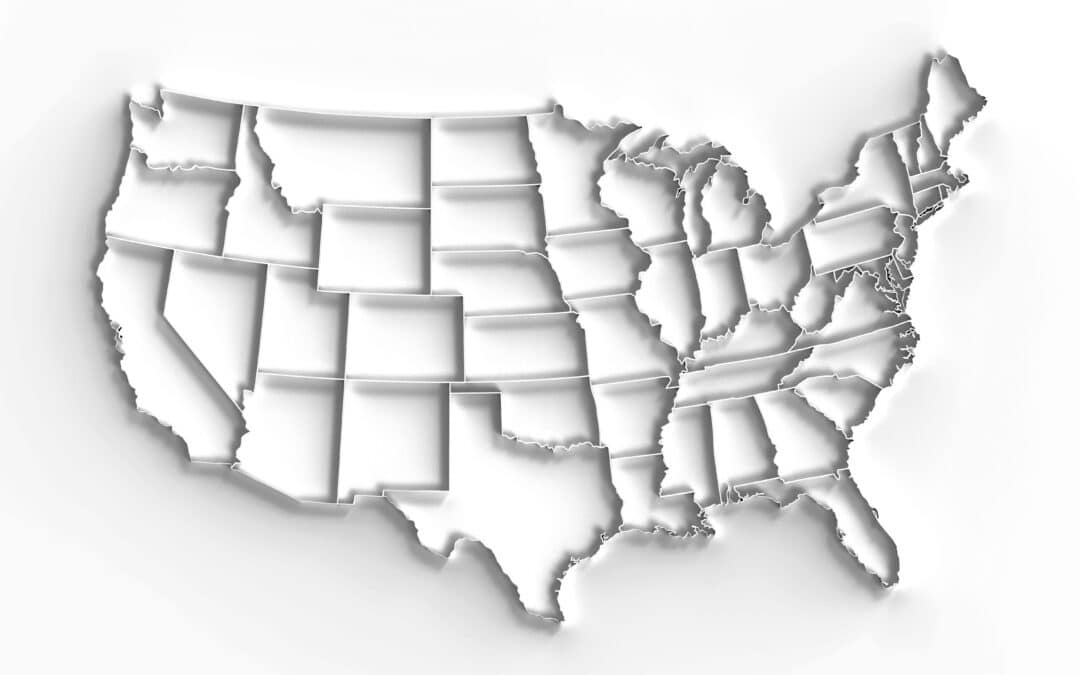







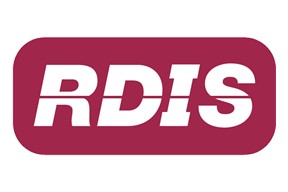
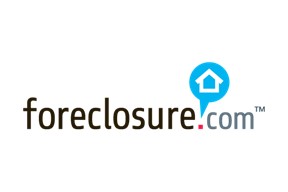
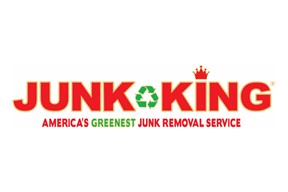

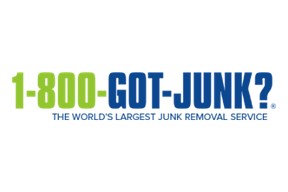


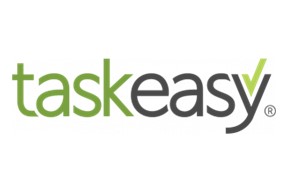
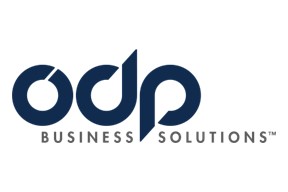
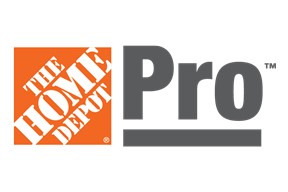

0 Comments